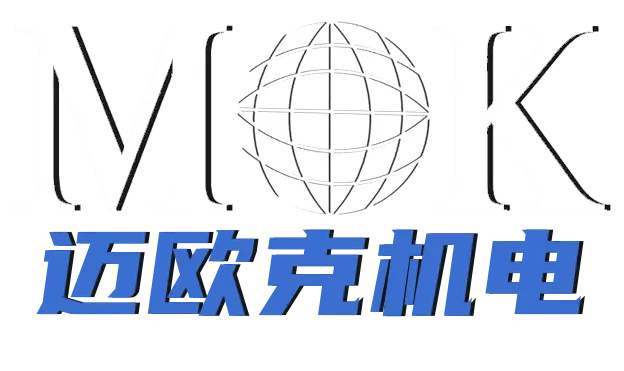The chuck is a common accessory of common lathe, which is used to clamp the workpiece. There are two kinds of chucks commonly used on lathes: three-jaw self-centering chucks and four-jaw single-action chucks.
The three jaws of the three-jaw self-centering chuck are evenly distributed around the chuck and can move along the radial direction synchronously to realize the clamping or unclamping of the workpiece, which can automatically center the workpiece and generally do not need to find the righting when clamping the workpiece. The clamping force of the three-jaw self-centering chuck is small, suitable for clamping medium and small cylindrical, orthogonal trilateral or orthogonal hexagonal workpieces. Commonly used three-jaw self-centering chuck specifications are 15omm, 2oomm, 25omm, etc.
The four jaw single-action chuck has four jaws evenly distributed along the circumference, and each jaw can be moved individually in the radial direction, and the position of the workpiece is corrected by adjusting the position of each jaw when clamping the workpiece. The clamping force of the four-jaw single-action chuck is larger, but the correction of the workpiece position is troublesome and time-consuming, and it is suitable for clamping non-circular workpieces in single-piece and small batch production. The chuck is a common accessory of the military bed. To clamp the workpiece with the sub, the operator should be familiar with the structure of the chuck and be able to disassemble, clean, lubricate and install the chuck jaws skillfully.
1. Structure of three-jaw self-centering chuck for ordinary lathe
Insert the square tenon of the chuck wrench into the square hole at the end of the small bevel gear, turn the wrench to make the small bevel gear turn and drive the large bevel gear to rotate. There is a plane thread on the back of the big bevel gear, which engages with the end thread of the chuck jaws. When the big bevel gear rotates, the plane thread drives the three chuck jaws engaged with it to move centripetally or centrifugally along the radial direction at the same time.
2. Loading and unloading of the jaws of the three-jaw self-centering chuck of ordinary lathe
(1) Identification of chuck jaws: The three-jaw self-centering chuck has two pairs of jaws, positive and negative. The positive jaws are used for clamping the workpiece with smaller outer diameter and larger inner hole diameter, and the negative jaws are used for clamping the workpiece with larger outer diameter. Each pair of jaws are marked with 1, 2, 3 number, the installation of the jaws must be assembled in order.
(2) Installation of chuck jaws: Insert the square tenon of the chuck wrench into the square hole on the cylindrical surface of the chuck housing. Rotate clockwise to drive the large bevel gear to rotate, and when the screw button of its back plane thread turns to be close to 1 slot, insert the No. 1 jaw into the 1 slot of the shell, continue to rotate the chuck wrench clockwise, and install the No. 2 and No. 3 jaws in the 2 and 3 slots of the chuck shell in turn. As the chuck wrench continues to rotate, the 3 jaws synchronously move radially and centripetally until they converge on the center of the chuck.
(3) Removal of chuck jaws of common lathe: rotate the chuck wrench counterclockwise, and the 3 jaws will move centrifugally along the radial direction until they exit the chuck housing. When the jaws are withdrawn from the chuck housing, attention should be paid to prevent the jaws from falling from the chuck housing and being damaged.
Post time: Feb-15-2023




